America has more than 60 national parks now, and each one is unique, but which ones are the most so? Which ones have landscapes and features unlike just about everywhere else in the world?
These national parks are highlighted for their exceptional landscapes and features, which set them apart from others. Each park provides a unique glimpse into rare natural phenomena and offers experiences that are unparalleled in their beauty and singularity, securing their places as top destinations for discovery and awe. Let’s look at some that are like nowhere else in America.
1. Voyageurs– Minnesota

There’s a visitor center on the mainland, but this park is mostly lakes and water. To get to the good parts, you need a boat. If you don’t have one, you can charter a shuttle service.
2. Yellowstone– Idaho, Montana, & Wyoming

Yellowstone is famous primarily because it was the world’s first national park and because it has the largest concentration of geothermal features in the world. However, it’s also known for its abundant wildlife, earning it the nickname “America’s Serengeti.”
3. Channel Islands– California

Beautiful in their own right, the Channel Islands are sometimes called the “Galapagos of North America.” Living on these islands are 145 species that live nowhere else.
4. Saguaro– Arizona
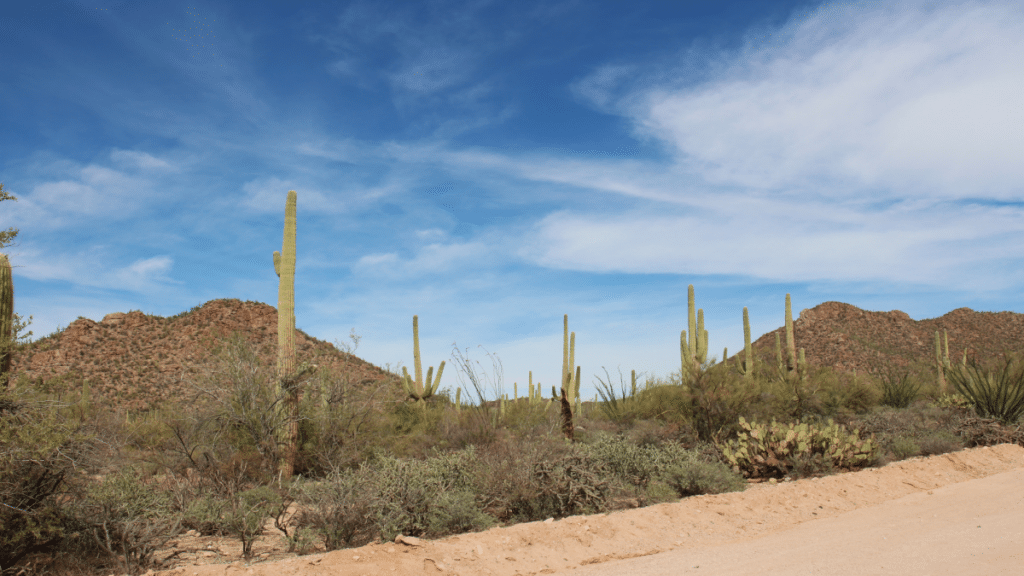
This national park celebrates the saguaro cactus, the tallest cactus in the world. They’re so tall that you’ll think they’re trees, but they aren’t. May is a magical time because that’s when their huge white flowers bloom.
5. Grand Canyon– Arizona

There are other big canyons in the American Southwest, but the Grand dwarfs them all. Even though it’s not the world’s largest canyon, there’s really nothing else like it, and it inspired this famous quote by Teddy Roosevelt: “Leave it as it is. You cannot improve upon it.”
6. Biscayne– Florida

Like Voyageurs, this park has a visitor center on the mainland. Almost all of the park is underwater. You can tour the vibrant coral reefs by snorkel or scuba, or you can take a tour on a glass-bottom boat.
7. Gates of the Arctic– Alaska
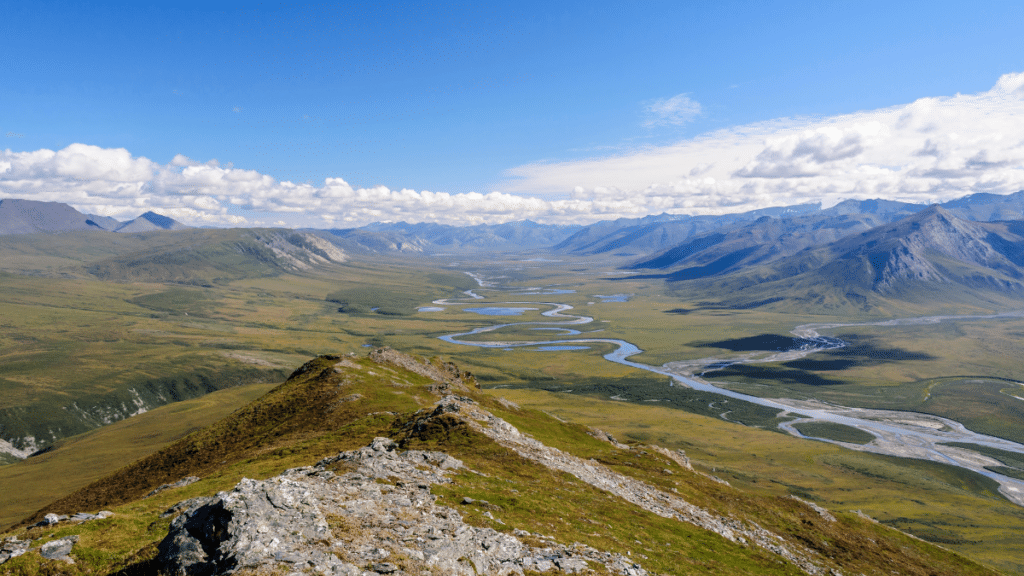
This huge national park full of pristine wilderness and spectacular mountains is entirely north of the Arctic Circle. There are no roads in it, and there are no roads to it. The only way to get there is to charter a plane so you can start your adventure.
8. Mammoth Cave– Kentucky

With more than 400 mapped miles, this cave system is the world’s longest. That’s not all there is to do, though. Aboveground, you can enjoy lovely forest and river landscapes.
9. Capitol Reef– Utah

Geologically, Capitol Reef’s most significant feature is the Waterpocket Fold, a 100-mile wrinkle in the Earth’s crust. It also has a little bit of everything you’ll see in the other four national parks in Utah, so if you could only visit one, this might be the best choice.
10. Petrified Forest– Arizona

This isn’t the only place in the country where you can find colorful shards and logs of petrified wood, but it might be the easiest place to do so. You can also view ancient Native American rock art here.
11. Great Sand Dunes– Colorado
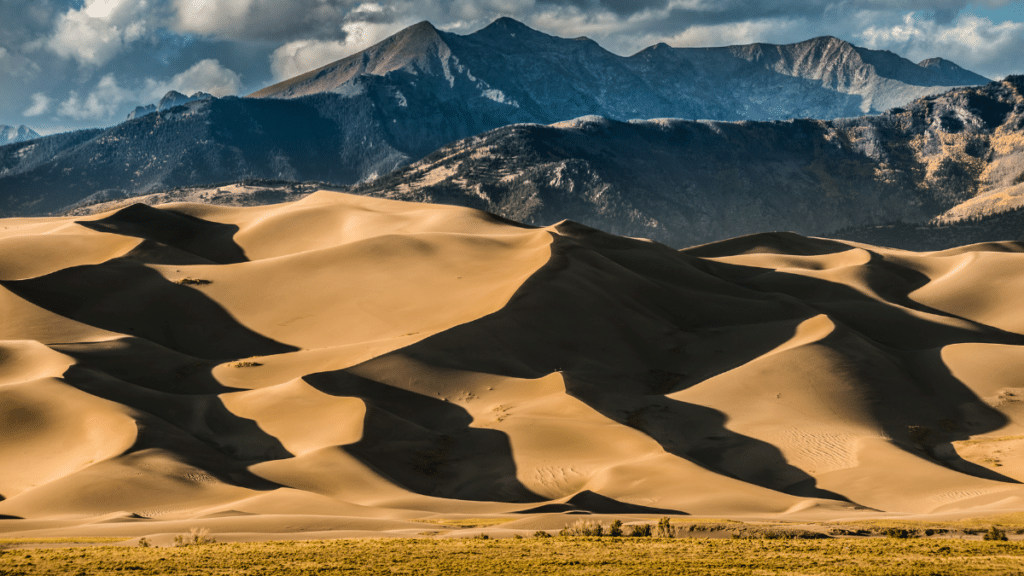
There are conflicting claims about where the tallest sand dunes in America are. Without a question, though, those here are among the tallest. This used to be a national monument protecting only the dunes, but now it’s a national park that includes parts of the Sangre de Cristo Mountains towering above the dunes.
12. Great Basin– Nevada
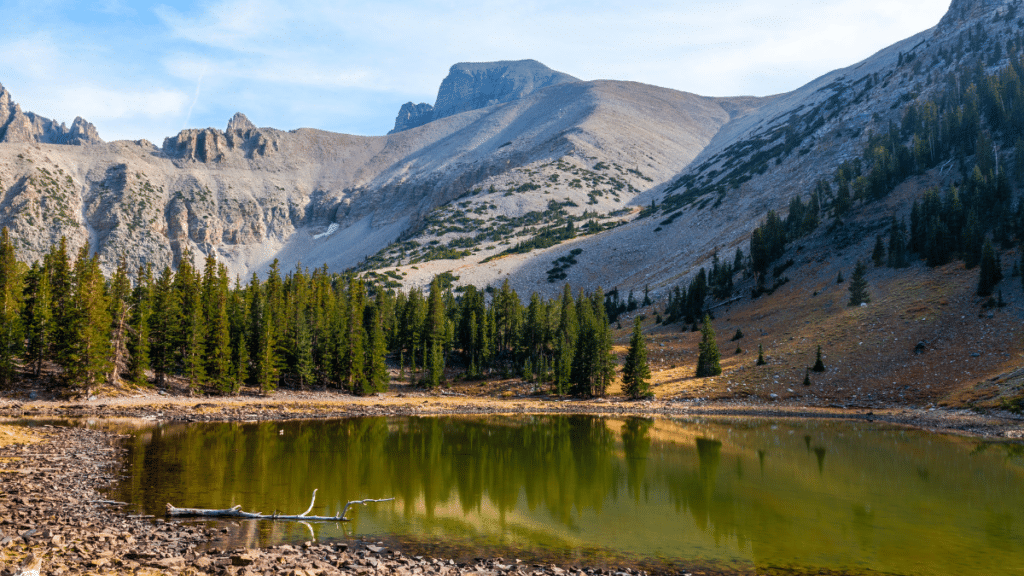
One of the most remote national parks in the Lower 48, Great Basin is also one of the least-visited. That’s great news for people wanting to enjoy this park’s peaks, mountain lakes, caverns, and bristlecone pines, which live for thousands of years and are the world’s longest-living organisms.
13. Crater Lake– Oregon

Ages ago, Mt. Mazama blew its top, and a lake eventually filled in the caldera left behind. It’s the deepest freshwater lake in the country, and the color is a stunning blue you have to see to believe.
14. White Sands– New Mexico

Are those huge snow drifts in the desert? Actually, those are white sand dunes composed of gypsum. It’s the only place in North America where you’ll find white sand dunes not along a beach.
15. Hawaii Volcanoes– Hawaii

Several U.S. national parks contain volcanoes ranging from extinct to dormant to active. Only in this park, though, can you reliably see features like active lava flows. Don’t miss out on the spectacular sea cliffs and native vegetation that are out here, too.
16. Bryce Canyon– Utah

You can find “hoodoos” in a lot of places in the American West, but nowhere else are they as dramatic and colorful as they are here. Under the right lighting, the eroded pinnacles here resemble gigantic pieces of candy corn.
17. Death Valley– California

This desert park has some of the most otherworldly landscapes you’ll ever see. It’s also a land of extremes, from the lowest, hottest place in North America (also the hottest place in the world) to a mountain soaring above it that has snow on it for about half the year.
18. Yosemite– California
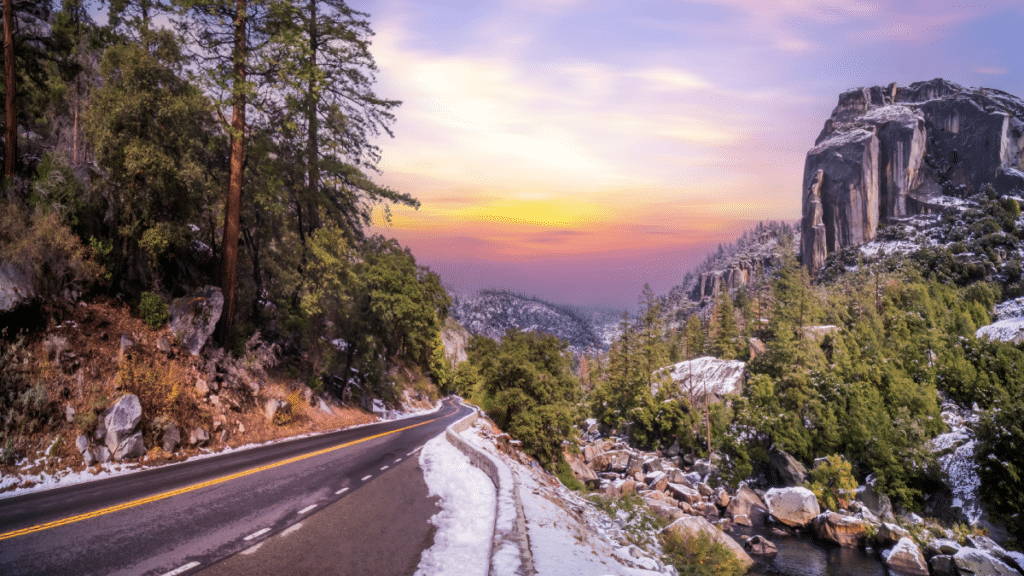
There are cliffs in a lot of places. There are waterfalls in a lot of places. But there is no other place in the world that has a concentration of such huge, sheer cliffs and tall, majestic waterfalls as Yosemite Valley has.
19. Everglades– Florida

The Everglades are really a vast, shallow, and slow-moving river flowing over tall grass and through stands of mangrove trees. It’s a pretty place, but it’s not spectacular in the way many of our other national parks are. However, the story here is the biodiversity; there’s an incredible amount of wildlife here, including some of the world’s rarest and most endangered species.
20. Arches– Utah
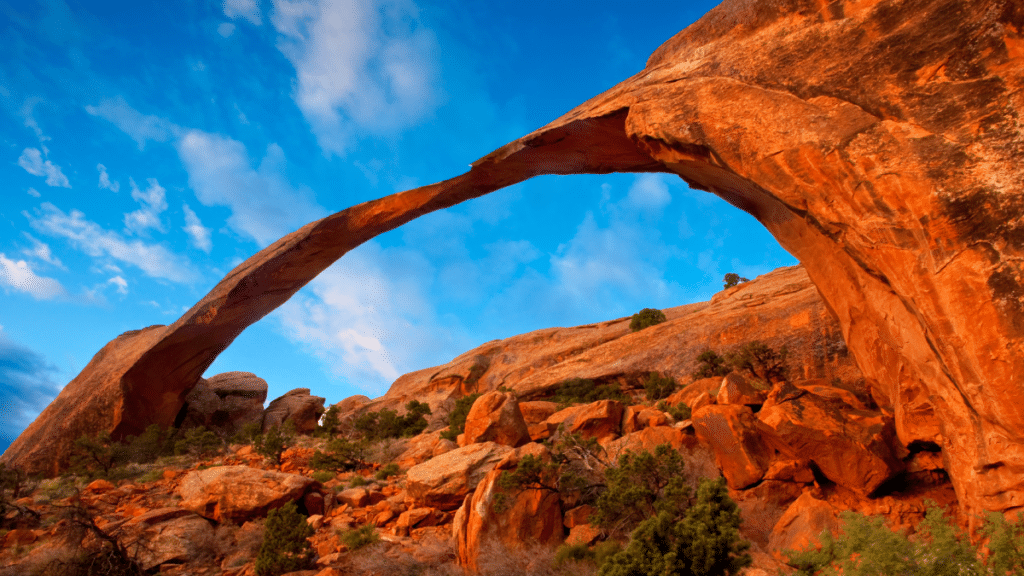
Arches has the world’s largest collection of natural stone arches. Many of them are easy to see from the road or a short hike, but you can also reward yourself by taking a longer hike to an arch that few other people see. The park also has beautiful red cliffs and towers that soar above the desert below them.
Best Place to See the Grand Canyon Sunrise at South Rim
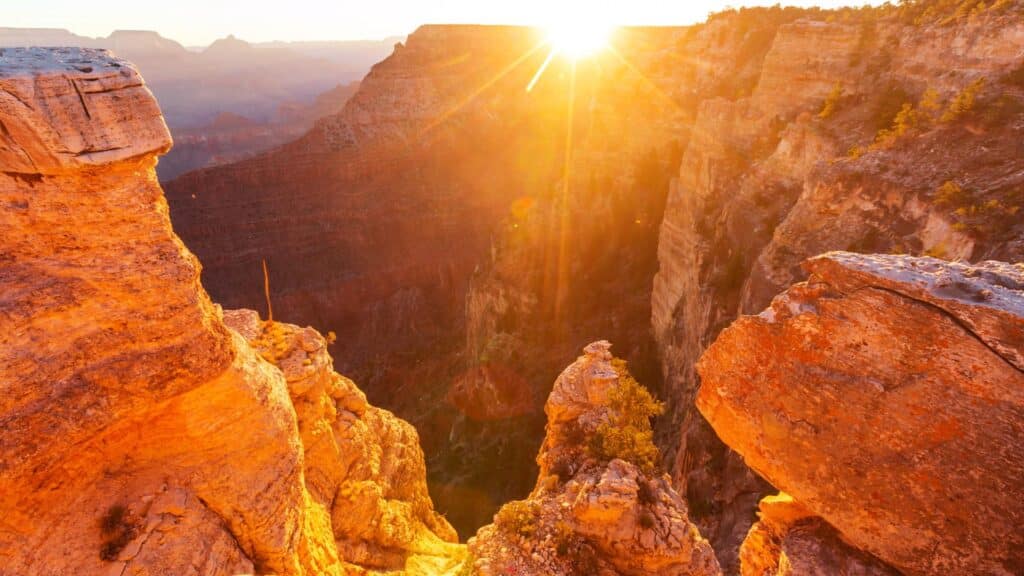
If you’re wondering where the best place to see the Grand Canyon sunrise at South Rim is, you’re not alone. With more than six million visitors to the national park each year, there are plenty of people trying to find the best place to see the show.
And what a show it is! Mother Nature does not disappoint. It was easily one of the most memorable sunrises we’ve ever seen! There are some things you should know before you go, though, and we’ll do our best to answer all your questions for you.
Facts About the Oregon Trail That Prove Most of Us Would Have Never Made It
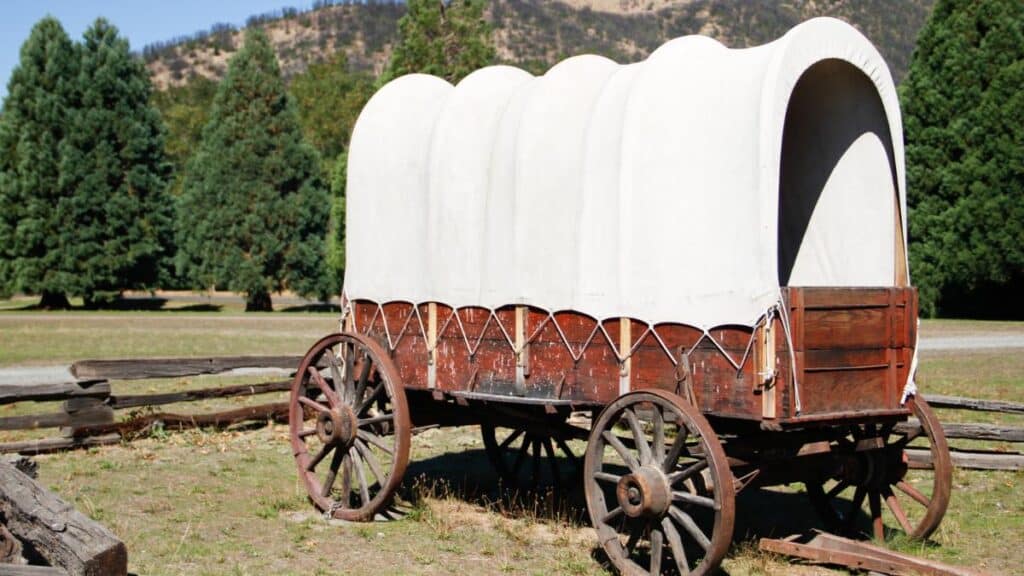
Imagine embarking on a journey spanning 2,000 grueling miles, filled with treacherous river crossings, food rationing, relentless weather, and the constant threat of disease. Welcome to the life of a pioneer on the Oregon Trail!
Facts About the Oregon Trail That Prove Most of Us Would Have Never Made It
Featured Image Credit: ShotPrime Studio/Shutterstock
Robert Sihler is an educator, freelance writer, and rock climbing guide and instructor living with his family in Driftwood, Texas. In his spare time, he enjoys reading fiction, streaming films, completing crossword puzzles, and rock climbing. When he goes on vacation, he likes to visit the mountains of the West and climb remote, obscure peaks that have seen few or no prior ascents.
